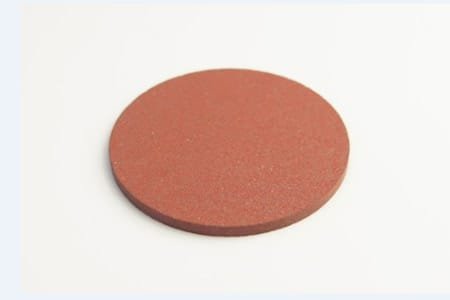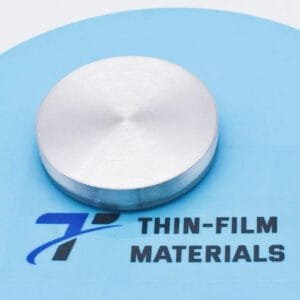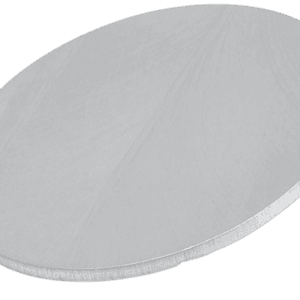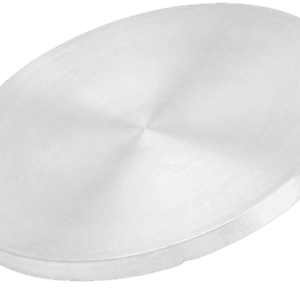Bismuth Ferrite (Garnet) Sputtering Targets
Material Specifications
- Purity: 99.9%
- Circular: Diameter ≤ 14 inches, Thickness ≥ 1 mm
- Block: Length ≤ 32 inches, Width ≤ 12 inches, Thickness ≥ 1 mm
Applications
- Ferroelectric Materials
- Gate Dielectric Layers
- CMOS (Complementary Metal-Oxide-Semiconductor) Technologies
Features
- High Purity: Offers superior performance in thin-film deposition with high-quality sputtering.
- Custom Sizes: Available to suit specific project needs, including research and development (R&D) applications.
Manufacturing Process
- Cold Pressed & Sintered: The Bismuth Ferrite targets are manufactured with cold pressing and sintering methods to ensure high density and performance.
- Elastomer Bonding: Bonded with elastomer materials to ensure stability and reliability in sputtering processes.
- Cleaning & Final Packaging: Cleaned and packaged to meet vacuum requirements, protecting the targets from contamination during shipping.
Available Options
- 99.9% Minimum Purity
- Smaller Sizes: Available for R&D applications and custom specifications.
- Sputtering Target Bonding Service: In-house bonding service for customized target configurations.
For more information or inquiries about Bismuth Ferrite (Garnet) Sputtering Targets, contact us directly.





Reviews
There are no reviews yet.